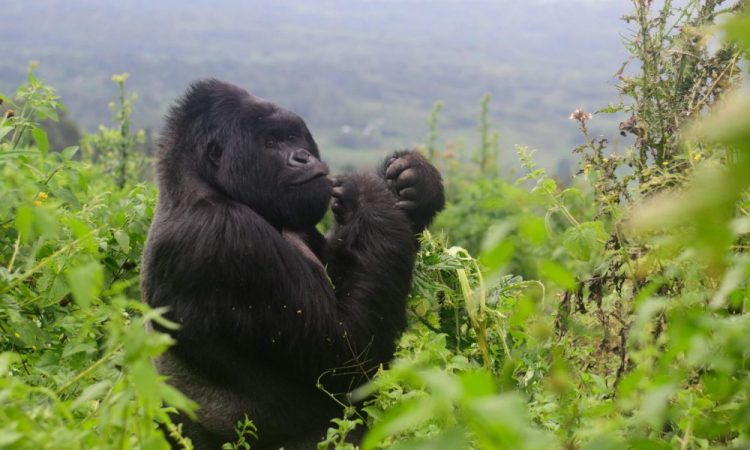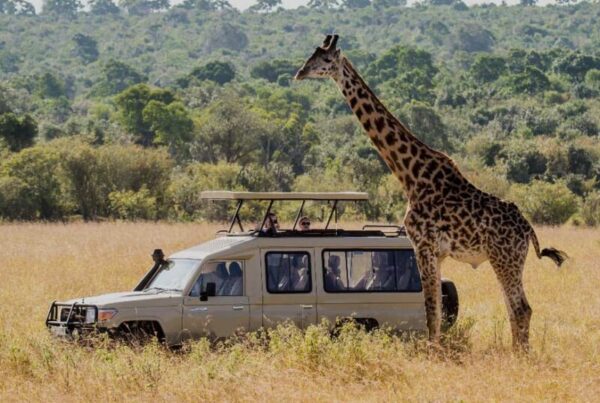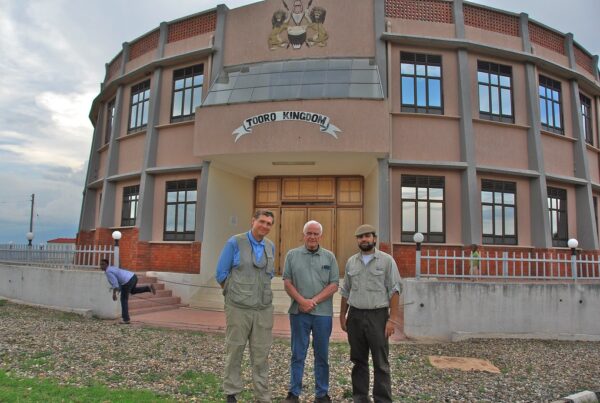Photo Essay for Gorilla Trekking in Arua for Groups
Immersive Adventures in Arua’s Gorilla Habitats
Arua, located in northwestern Uganda, offers an exceptional gateway for gorilla trekking, providing groups with a combination of adventure, natural beauty, and immersive wildlife experiences. The region’s lush forests, rolling hills, and hidden valleys create a sanctuary for gorillas while offering photographers a canvas rich in both landscape and intimate wildlife opportunities. For groups, gorilla trekking is not merely an observational activity; it is a shared journey of discovery, demanding careful planning, respect for wildlife, and readiness to capture once-in-a-lifetime moments. This photo essay explores the art of documenting gorilla encounters in Arua while highlighting strategies for groups to maximize both safety and photographic outcomes.
Understanding Arua’s Gorilla Habitats
Arua’s proximity to protected forest reserves makes it an ideal location for mountain gorilla observation. Dense montane forests, intertwined with streams and small waterfalls, provide gorillas with shelter, feeding grounds, and natural corridors. These habitats, rich in biodiversity, are home not only to gorillas but also to numerous bird species, primates, and forest flora, offering photographers multiple subjects to frame alongside the main focus of gorilla encounters.
Groups trekking through these forests experience both physical and emotional engagement with the environment. Trails wind through thick undergrowth, requiring moderate fitness, and the forest’s rhythms—birds calling, leaves rustling, and streams flowing—provide a dynamic and immersive setting for photography. Early mornings are particularly rewarding, as mist often lingers in valleys, diffusing light and creating ethereal compositions for landscape and wildlife imagery.
Preparing for Gorilla Trekking Photography
Successful gorilla photography requires both equipment preparedness and behavioral awareness. Cameras with fast autofocus and versatile lenses are essential, as gorillas move unpredictably through dense vegetation. Wide-angle lenses allow for capturing family groups within the broader forest context, while telephoto lenses enable close-ups of expressions and interactions without disturbing the animals. Tripods or monopods may assist in stabilizing shots in low-light forest conditions, though mobility and discretion are equally important.
Groups are encouraged to pack lightweight, durable gear to navigate trails effectively. Waterproof bags protect cameras from rain or forest moisture, while extra batteries and memory cards ensure uninterrupted photography throughout extended trekking sessions. Clothing should be practical, breathable, and in muted colors to blend with the forest, minimizing disturbance to wildlife and enhancing ethical engagement.
Group Dynamics and Trekking Logistics
Gorilla trekking in Arua for groups requires careful coordination and adherence to park protocols. Group members should move in a cohesive manner under the guidance of trained rangers who understand gorilla behavior, trail conditions, and safety measures. Maintaining a calm, silent presence allows gorillas to behave naturally, providing authentic photographic opportunities.
Rangers often direct groups to vantage points where gorillas are visible, balancing accessibility with minimal disruption. Staying together ensures safety, facilitates communication, and allows photographers to capture multiple angles and perspectives of the same subjects. Groups can also divide responsibilities, with some members focusing on photography while others observe behavior or take notes for later documentation.
Ethical Considerations for Gorilla Photography
Ethical practice is essential in gorilla trekking. Groups must maintain a safe distance, avoid eye contact that may be perceived as threatening, and refrain from sudden movements or loud noises. Flash photography is discouraged, as it can startle or stress the animals. The goal is to document gorillas in their natural behavior, capturing expressions, interactions, and social dynamics without interference.
Respect for forest habitats extends beyond the animals themselves. Groups are encouraged to avoid trampling vegetation, leaving waste, or disturbing other wildlife. Ethical engagement not only protects gorilla populations but also preserves the integrity of the forest ecosystem for future visitors.
Capturing the Gorilla Experience: Techniques and Tips
Photographers in Arua are advised to balance composition, timing, and patience. Observing gorilla behavior allows for anticipation of interactions, enabling the capture of feeding moments, play, or social grooming. Candid expressions often convey emotional depth, enhancing storytelling within photographs.
Lighting within dense forests can be challenging, with patches of sunlight creating dramatic contrasts. Adjusting exposure, ISO settings, and white balance ensures that images are neither overexposed nor lost in shadow. Incorporating environmental elements such as forest trees, streams, or mist adds depth and context, highlighting the gorilla’s habitat alongside their presence.
Integrating Group Experiences with Photography
For groups, gorilla trekking is as much a shared journey as a photographic endeavor. Collaborative observation enhances learning, with members exchanging insights about gorilla behavior, composition strategies, and trail navigation. Photographing interactions between gorillas and within the group itself provides a multidimensional narrative, documenting not only wildlife but also human engagement and teamwork.
Sharing responsibilities, such as scouting angles or adjusting lighting equipment, fosters efficiency and maximizes photographic opportunities. Group dynamics also allow for varied perspectives, ensuring that each member contributes to a comprehensive documentation of the trekking experience.
Preparing for the Entire Trek
Trekking to gorilla habitats often involves several hours of walking through rugged terrain. Groups should plan for hydration, nutrition, and rest breaks to maintain energy and focus. Lightweight backpacks containing essentials such as water, snacks, first-aid kits, and rain protection support both comfort and safety.
Health precautions, including malaria prophylaxis and insect repellent, are critical, given the tropical environment. Adherence to physical limits ensures that the trek remains enjoyable and safe, allowing photographers to concentrate on capturing meaningful imagery rather than struggling with fatigue or environmental challenges.
A Visual and Experiential Masterpiece
Gorilla trekking in Arua provides groups with a unique convergence of adventure, wildlife observation, and photographic opportunity. By planning effectively, preparing equipment, and adhering to ethical and safety guidelines, groups can document intimate encounters with gorillas while capturing the forest’s beauty and complexity. Each trek becomes not only a series of images but a shared story of discovery, teamwork, and connection with nature.
For groups seeking a seamless, guided, and memorable gorilla trekking experience, it is recommended to book your Africa tours and safaris via WildHorn Africa, where expert planning and local expertise ensure that every moment—from observing gorillas to photographing their forested habitat—is safe, enriching, and unforgettable.





 WildHorn Africa – Authentic and unforgettable tours across Africa, guided by local experts who know the land, wildlife, and culture best.
WildHorn Africa – Authentic and unforgettable tours across Africa, guided by local experts who know the land, wildlife, and culture best.


